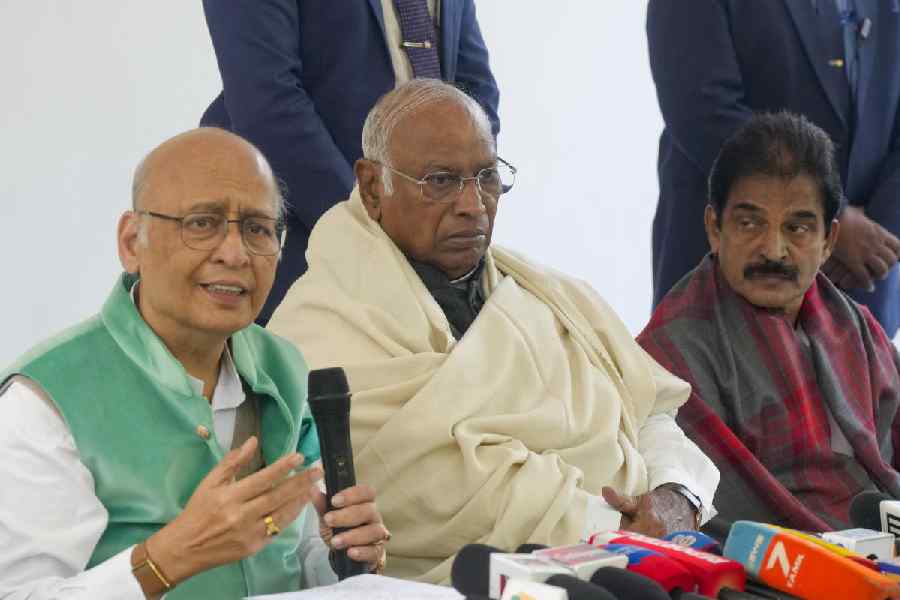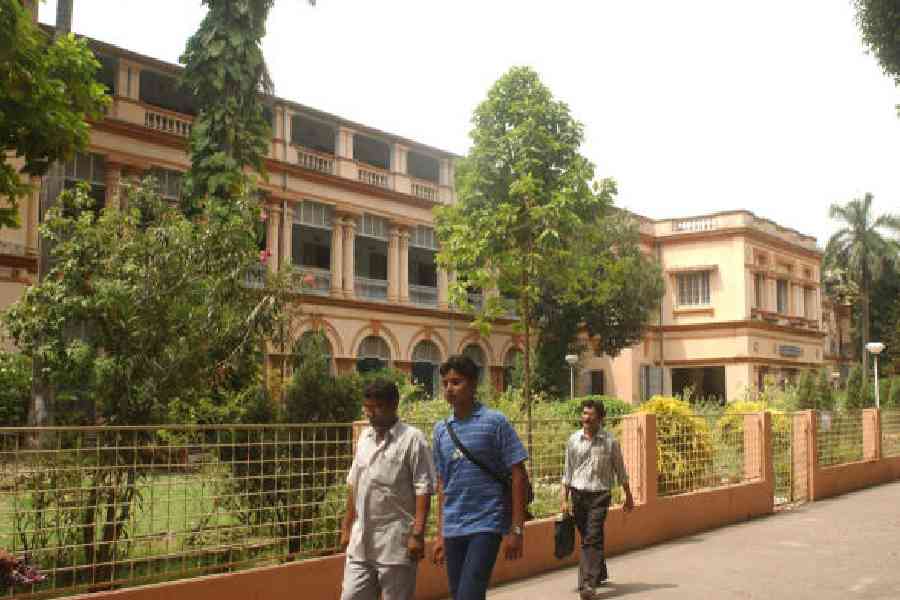 |
| Sketch artist Chandrakala Kadam |
The hairstyle does the trick. “One of them had Salman Khan’s style, and the other, Shah Rukh’s,” says Nikita, as Ramesh Pawar starts work on his second sketch.
It’s past 9pm at the Santa Cruz police station in Mumbai, and Pawar, a portrait artist who helps the police, is trying to bring alive on his sketchpad a man who steals and sells pedigreed dogs. Nikita, who was approached by three young men on Bandra’s Linking Road trying to sell her a cocker spaniel, steers Pawar’s hand, with the description of one of the faces.
Pawar begins with the nose and eyes of one of the suspects. As a tense Nikita struggles to recall the week-old incident and the features of the men, Pawar applies stronger strokes with his charcoal pencil, lending character to the ghostlike face. The hair comes up, and the face looks complete. Two hours and three sketches later, Nikita rates the accuracy of the sketch. “It’s 50-75 per cent correct,” she says, as Pawar notes it down at the bottom of his A-4 size sheet.
Pawar is one of Mumbai’s freelance portrait artists, hired by cops to sketch images of absconding crime suspects. When Delhi was hit by terror blasts earlier this month, sketches of the suspects flashed across television screens. And while the police in many parts of the country now use computers to get a likeness of suspects, a great many artists do so by putting pencil to paper.
Like over a dozen of his mates, who sketch faces of people accused of crime, listening to stories of abuse and violence, Pawar stays in the shadows of the men in uniform, whom he’s helped crack some difficult cases.
 |
Some sketches work out, some don’t. Vishwanath Kodekar, police inspector (crime) at the Santa Cruz police station, puts the success rate of portrait artists at 50-60 per cent. If the witness describing the accused concentrates, the sketch works out well, says Hemant Kumar Sathe, who has been freelancing for the cops for 10 years.
Often, witnesses find it difficult to describe facial features. When asked to elaborate on a nose, one witness shot back at Sathe: “A nose is a nose.” So to simplify and even lighten matters, Sathe now asks if the nose was shaped like Rajiv Gandhi’s or that of some Bollywood star, and goes on to sketch different nose types.
“Women give more accurate descriptions than men,” says Chandrakala Kadam, another portrait artist, who routinely meets women victims of cheating and chain-snatching in Mumbai’s central suburbs.
About twice a month — for six months at a stretch — Kadam says she ended up sketching the face of a Hrithik Roshan lookalike robbing elderly morning walkers and maidservants on their way to work, while pretending to wrap their jewellery in a handkerchief, after inventing a story about a murder down the road.
The artists are mostly old students of Mumbai’s JJ School of Arts. The police headquarters, which is close to the art college, has had old ties with art students, who have for years been helping them with sketches. The artists are paid Rs 200-500 for a sketch, which is ready in 15-20 minutes if the description from the witness flows easily. On occasion, a victim’s family has to pay the artist.
Artists have their own ways of executing a drawing. Kadam begins with outlining the face, emphasising the jawline and giving it a hairstyle. Pawar, on the other hand, lightly strokes the paper to bring alive the nose and eyes. Artist Deepti Kamble starts with the hair, and says she finds it useful to know the age of the accused, to determine the lines on the face and width of the forehead. The eyebrows and lips usually turn out to be trouble spots, unless they are prominent, the artists say.
Sometimes the artists need no help at all from the witnesses. Pawar says he sketched the face of a man who had swindled 22 victims over two years purely on the basis of FIRs filed by the victims.
For a sketch to prove effective, the key lies in timing, apart from a fluid sense of expression. “If the incident is fresh, the witness is able to recall tiny details,” says Ajit Nagarkar, who sketched scores of rogues right through the 1990s.
Many of the sketches help in nabbing those accused of crimes. Earlier this year, a vegetable seller landed a murder accused behind bars after she described him in detail to Sathe. The sketch of the accused, put up outside the Nehru Nagar police station at Kurla, alerted his neighbour, who in turn, informed the cops.
To sketch the assassin of Vaidehi Gadgil and her two young children killed in Borivali in 2006, Pawar had to suggest descriptions to the family’s help, Kantabai, who was hostile to begin with. But she started opening up, and when Pawar’s sketch was finally ready, the Gadgils’ three workers at their shop said the sketch looked like their colleague, Rohidas Gangurde, who had been missing for four days.
The profession is not without its share of danger. Suhas Bahulkar, a retired fine arts professor of the JJ School of Arts and the first professional artist of the college to do sketches for the Mumbai police, says he realised how vulnerable he was when the police, after assuring him of protection, left him on his own. He had sketched the manservant who looted playback singer Asha Bhonsle’s house in April 1977.
The risk was driven home by a group of local jewellers who visited Bahulkar at the college one morning, with a box of sweets to thank him for the good work, and advice not to put his life at further risk.
The artists feel the pain of a victim, especially when children are involved. Earlier this month, an 11-year-old rape victim described her attacker to Pawar. When the girl’s older sister saw the sketch, she saw a striking resemblance with one of the boys in their neighbourhood. A second sketch of the attacker, made from descriptions offered by a rickshaw driver who had seen the rapist, yielded the same face —thus putting the culprit behind bars.
Sometimes, the clues of a crime are hidden in the descriptions themselves. When a witness to a gold heist on the Konkan railway route gave conflicting descriptions and statements, Kadam asked the cops to put him under the scanner. The witness turned out to be the culprit.
But more often than not, portrait artists say they never get to know if their sketch helps solve a crime. Once the sketch is done, the artist’s job is over. Till the next one, that is.










